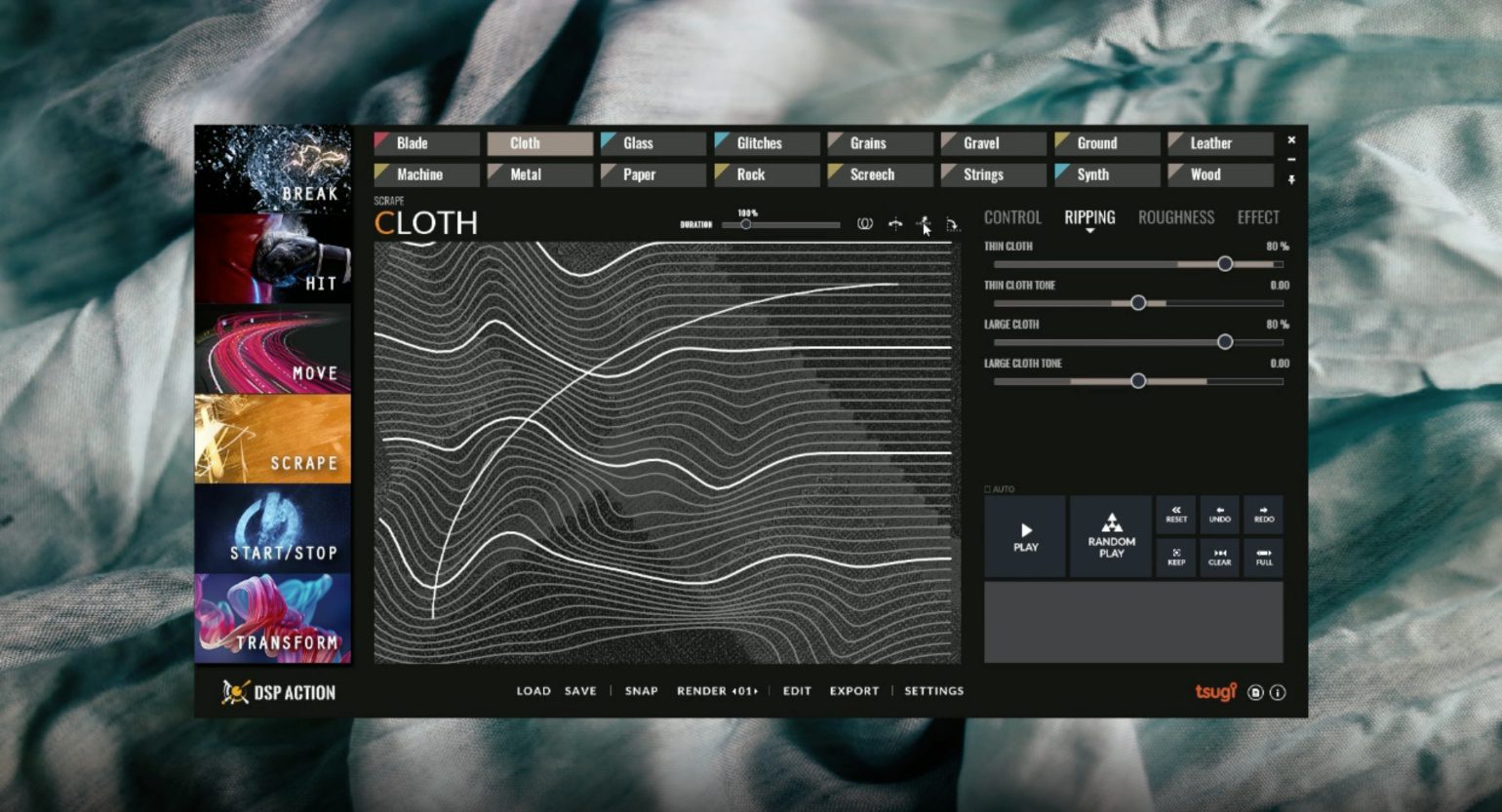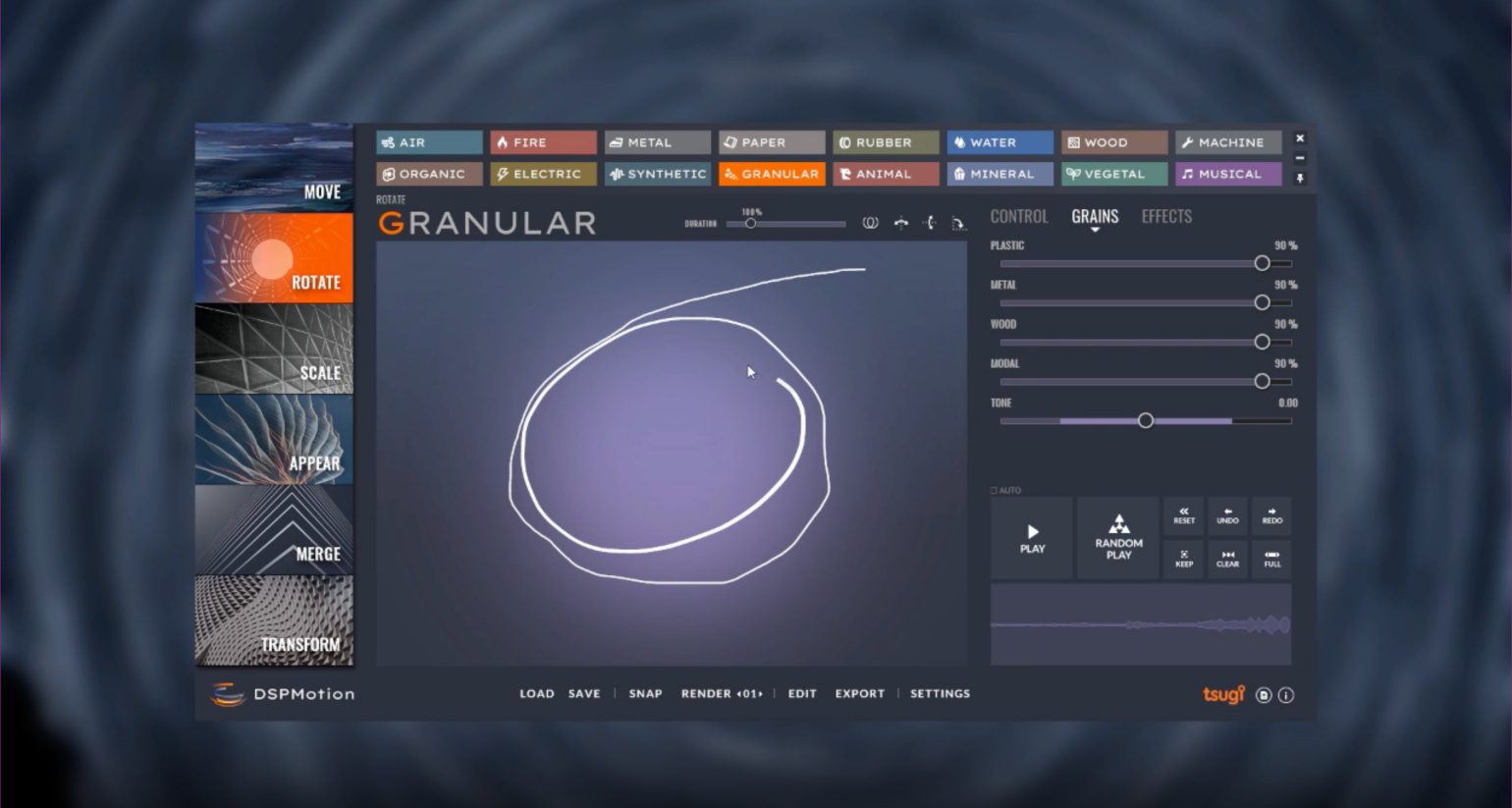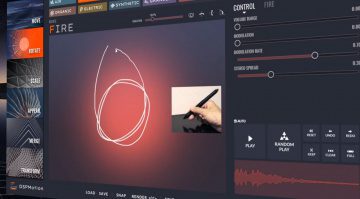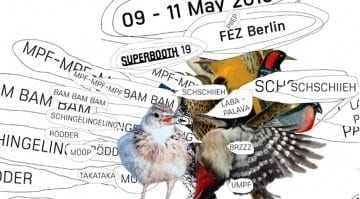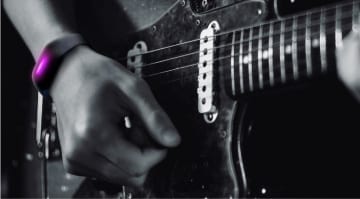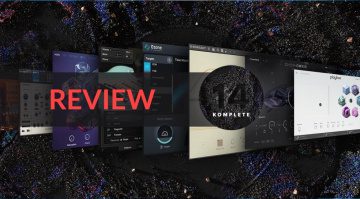Review: Design sounds by drawing with Tsugi DSP Action and DSP Motion
Modern sound design tools like the excellent Enrage by BOOM Library are incredibly in-depth, to the point of offering limitless tinkering potential. A usual tradeoff is their lack of immediacy and that child-like sense of entertainment. While sound design is serious business, this doesn’t always mean you can’t have a little fun while at it. Developer Tsugi provides a rare and, quite frankly, fantastic example of that with its new set of tools – DSP Action and DSP Motion. They have you generating cinematic sound effects like the industry’s best Kontakt libraries and whatnot. Only you get to ditch your fancy MIDI controller and use drawing (via mouse or tablet) in its place. Wicked!
I’ll be honest, though: I was never much of a painter. It’s not the action of drawing that gets me interested in Tsugi’s concept. Rather, it’s the unique approach offered by this kind of input. With electronic instruments, sometimes the interface is more than half the deciding factor for how your sounds and compositions turn out. I mean, you won’t play a DX7 like you’d play an Elektron A4, right? With cinematic libraries and sound design tools being of consistently high quality these days, a different approach to interacting with them feels welcome and refreshing! Granted, tablet owners have been enjoying draw and gesture-driven audio generators for a long while. Desktop users, not so much. So it’s all quite meaningful!
Tsugi DSP Action and DSP Motion
Tsugi’s instrument duo are built from the same core. The difference is in the aesthetic. Where DSP Action homes in on aggressive, dynamic hits, stabs, slams and other subwoofer-punching material, DSP Motion goes for soundscapes and textures. While cinematic and video game sound designers (there’s direct export to Unity, y’all!) constitute the prime target, anyone looking up sources of punch and texture for their productions is welcome to join.
DSP Action’s collection of impacts, gunshots, mecha dogfights and synthesis staples (like risers and laser beams) is aptly organized with descriptive tags and categories. Being so visually oriented, the user interface looks as great as you’d expect, with a colorful yet tasteful design. The draw pad is full front and center, followed by parameter sliders to the right. The latter are either core (like stereo spread) or specific to each category and offer plenty of headroom for tweaking the ready-made sounds to your liking. For example, hit up the Digital category and you’ll get a set of parameters called Bleeps. Trust me, 99% of you have never adjusted bleeps and blops this intensely in your life. The other 1% is probably Trent Reznor.
Most of what’s said for DSP Action carries over to DSP Motion as well. It’s just some of the parameters and graphics are different. The workflow for both instruments is mostly identical. Select an action / motion (e.g. Break or Rotate), choose an audio generator or style (e.g. Digital or Fire), draw to your heart’s content, tweak or randomize parameters, render output to WAV. Drawing can be as involved as you want. The instruments (especially Motion) are sensitive to mouse or stylus positioning, speed of movement, rotation angle, and other input specifics. That’s cool stuff, and it’s also where DSP Action and Motion start to differ in terms of possibilities.
- Tsugi DSP Action · Source: Tsugi
- Tsugi DSP Motion · Source: Tsugi
Where Motion is particularly sensitive to input, Action offers so-called ‘graphic triggers’ where crossing lines and shapes will start new sounds or transform ongoing ones. This isn’t plain sample library stuff, folks – procedural audio is the name of the game! Hence, sounds are generated and morphed without the artefacts typical of sample abuse. Overall, Tsugi is seriously onto something with these tools and they already have, like, a ton of software for sound design as well as game and movie audio you should check out. Out of their current catalog, I think DSP Action and DSP Motion have the most potential to vibe with music producers.
Tsugi DSP Action: Prices and caveats
While DSP Action and DSP Motion cost a measly USD 49 each, they only work for Windows (32- and 64-bit). While that makes sense for most game developers, Mac creatives are being left out for the time being. There are workarounds, of course, but nothing beats native compatibility. Additionally, the software is standalone. You’re meant to export WAVs the take them to your DAW and so on. Some of you may find this workflow cumbersome.
More information
Video
You are currently viewing a placeholder content from YouTube. To access the actual content, click the button below. Please note that doing so will share data with third-party providers.
You are currently viewing a placeholder content from YouTube. To access the actual content, click the button below. Please note that doing so will share data with third-party providers.


